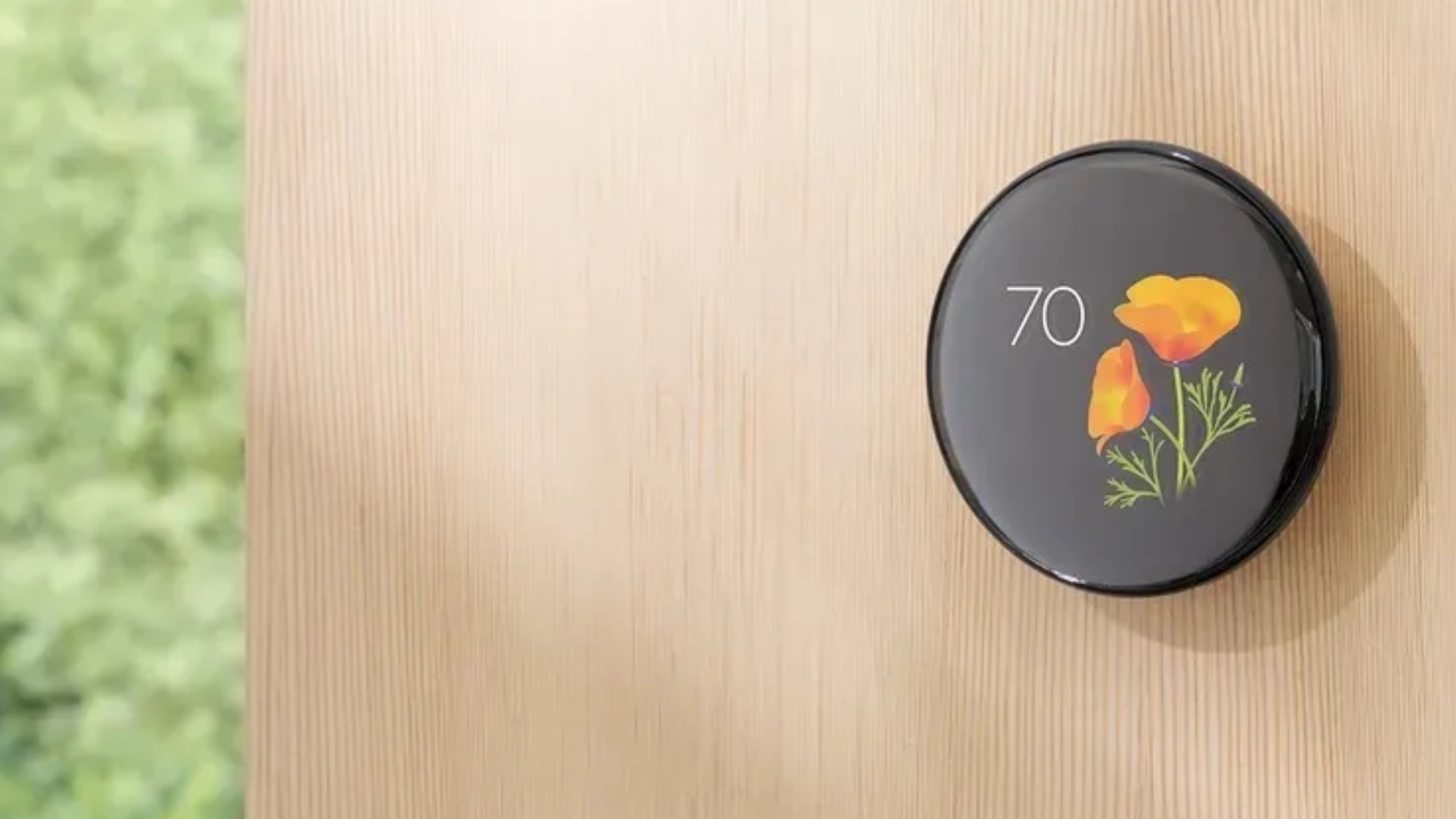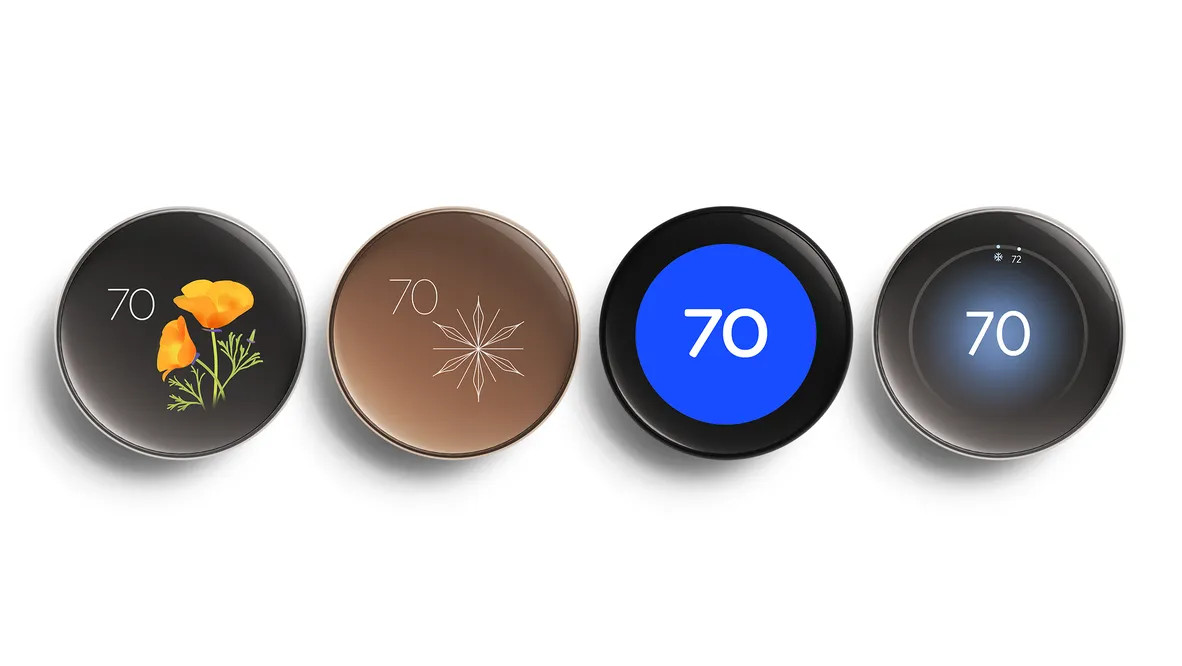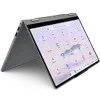Your Nest Thermostat just got a makeover — here's how to get it

Google is rolling out a new collection of faces for the Nest Learning Thermostat (4th Gen), including a throwback to an old favorite and one that turns the device into a pseudo work of art. The collection of new Farsight faces includes one called "Seasonal", which has been created in partnership with artist Mathilde Loubes.
As the name implies, the face will dynamically change each month in line with the seasons. The face is made up of changing illustrations of a flower or a fruit in Loubes' art style. So while you may see a pumpkin right now in October, when we get to December, you'll be gazing at a snowy pine cone on your wall.
"Mathilde created a Farsight face that turns your thermostat’s stunning, borderless display into a piece of art," Google announced in a blog post. "Her new seasonal face is a living canvas in your home, offering 12 unique, animated illustrations of flowers and fruits that update each month."

Along with the Seasonal face, Google is also adding three other styles: a classic Nest face, a minimalist face and a new temperature controller face for quick, at-a-glance adjustments.
The classic Nest face is a reminder of the very first Nest thermostat and a blast from the past for anyone who had the original product in their home.
Google announced back in April that it would stop supporting the first and second generation models of the Nest Learning Thermostats this month. That means most of the connected features will be disabled and users will need to upgrade to either the third or fourth generation versions.
Both generations predate Google's 2014 acquisition of Nest, with the original thermostat launching in 2011 and its second iteration following the next year.
Get instant access to breaking news, the hottest reviews, great deals and helpful tips.
The first Google version — the 3rd-generation Nest Learning Thermostat — launched in 2015. The current model, along with these brand new faces, is the one to buy instead though, because it's a big upgrade over its predecessor. Google implemented a sleeker design, larger screen and — of course — better AI features to help users reduce their energy consumption.
Follow Tom's Guide on Google News and add us as a preferred source to get our up-to-date news, analysis, and reviews in your feeds. Make sure to click the Follow button!
More from Tom's Guide
- OpenAI and Walmart just announced direct shopping through ChatGPT — everything you need to know
- ChatGPT boss claims to have now 'mitigated' mental health issues with AI and will relax the restrictions
- Perplexity has a secret feature that makes it a productivity powerhouse — here's how to use it

Jeff is UK Editor-in-Chief for Tom’s Guide looking after the day-to-day output of the site’s British contingent.
A tech journalist for over a decade, he’s travelled the world testing any gadget he can get his hands on. Jeff has a keen interest in fitness and wearables as well as the latest tablets and laptops.
A lapsed gamer, he fondly remembers the days when technical problems were solved by taking out the cartridge and blowing out the dust.
You must confirm your public display name before commenting
Please logout and then login again, you will then be prompted to enter your display name.










